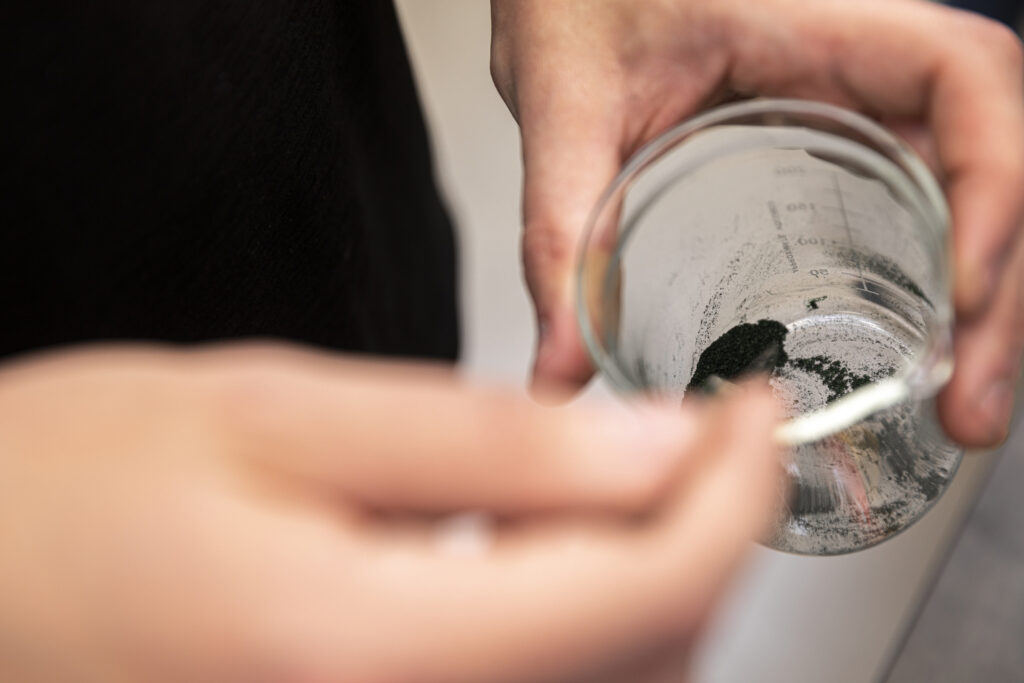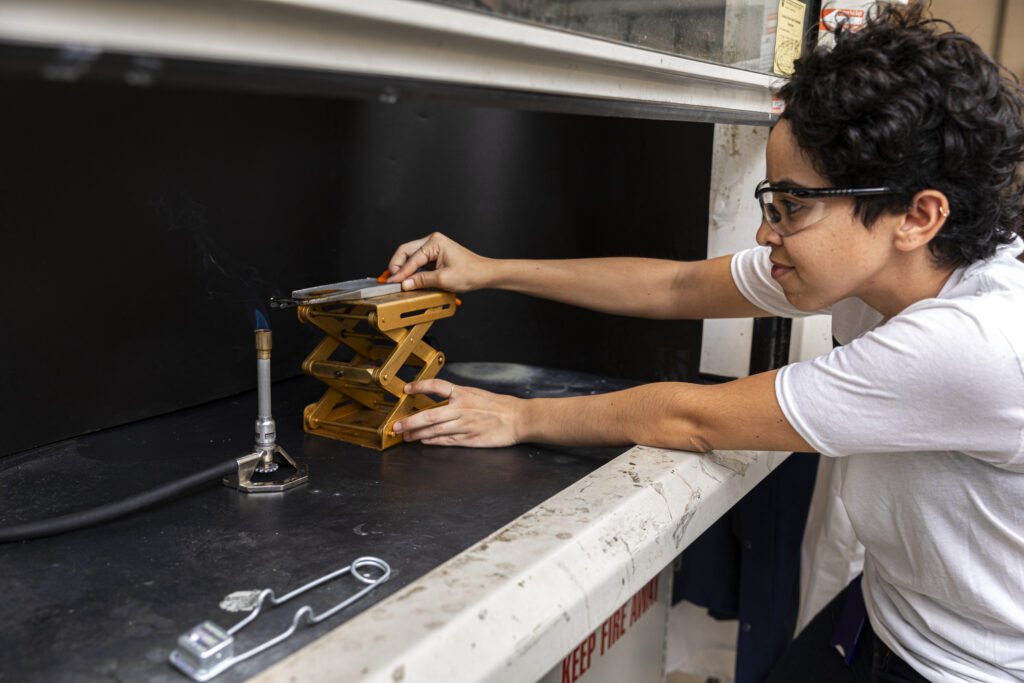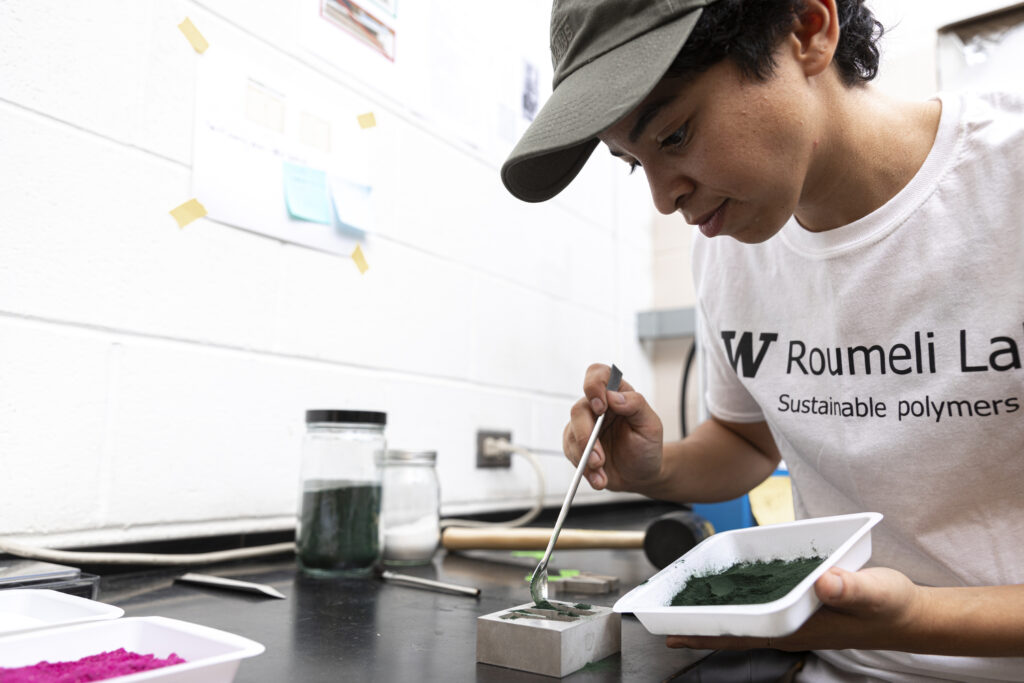The University of Washington has developed new bioplastics that degrade on the same timescale as a banana peel
Plastics are widely utilized in various aspects of our daily lives due to their affordability and durability. However, a significant issue arises when we dispose of plastic items, as they have the potential to linger in the environment for an extended period. Over time, plastics degrade into tiny pieces known as microplastics, which can harm the environment and our health.
Using bio-based plastics that biodegrade is the ideal solution. However, it’s important to note that not all bioplastics are designed to degrade in backyard composting conditions. Instead, they need to be processed in commercial composting facilities. It’s worth mentioning that these facilities are only readily available in some areas of the country.
Spirulina Bioplastic
Researchers at the University of Washington have made significant progress in developing bioplastics with the same degradation rate as a banana peel in a compost bin. This breakthrough involves using powdered blue-green cyanobacteria cells called spirulina to create bioplastics. By applying heat and pressure, the researchers could shape the spirulina powder into different forms, mirroring the process used for traditional plastics. Furthermore, these bioplastics possess mechanical properties similar to single-use, petroleum-based plastics.

Credit: Mark Stone/University of Washington
The team published these findings on June 20 in Advanced Functional Materials.
10 times Stronger
According to Eleftheria Roumeli, a senior author and assistant professor of materials science and engineering at UW, our team was driven to create bioplastics that are bio-derived, biodegradable, processable, scalable, and recyclable. The bioplastics we have developed, using only spirulina, have a similar degradation profile to organic waste and are ten times stronger and stiffer than previous spirulina bioplastics. These properties present new opportunities for the practical use of spirulina-based plastics in various industries, including disposable food packaging and household items like bottles or trays.

Credit: Mark Stone/University of Washington
The researchers chose spirulina as the main ingredient for their bioplastics for several reasons. Firstly, spirulina is quickly grown on a large scale as it is already widely used in producing various food and cosmetic products. Additionally, as spirulina cells grow, they naturally absorb carbon dioxide, making this biomass a carbon-neutral or carbon-negative source for producing plastics.
Heat Resistant Plastic – Spirulina Bioplastic
According to Hareesh Iyer, a materials science and engineering doctoral student at the University of Washington, spirulina exhibits unique fire-resistant properties. Unlike traditional plastics that either catch fire or melt when exposed to flames, spirulina-based plastics instantly self-extinguish. This exceptional characteristic makes spirulina-based plastics ideal for applications where conventional plastics are not suitable due to their flammability. For instance, they could be used for plastic racks in data centers, as the cooling systems used to maintain server temperatures can generate significant heat.
The process of creating plastic products typically involves the use of heat and pressure to shape the plastic into the desired form. The team at UW adopted a similar approach when working with their bioplastics.
According to Roumeli, the advantage of our materials is that we can use them in industrial manufacturing without the need for a complete redesign of production lines. This eliminates a common obstacle in transitioning from the laboratory to meeting industrial demand. For instance, bioplastics typically involve extracting molecules from biomass, like seaweed, and combining them with performance modifiers before creating films. However, this process requires the materials to be in a solution form before casting, which is not easily scalable.
Enhanced Bioplastic
The University of Washington (UW) researchers have successfully developed bioplastics using spirulina, surpassing the strength and stiffness of previous attempts. The UW team experimented with various processing conditions, such as temperature, pressure, and time in the extruder or hot press, by optimizing the microstructure and bonding of these bioplastics. Studying the resulting materials’ structural properties, including strength, stiffness, and toughness, could create enhanced bioplastics.

Credit: Mark Stone/University of Washington
The current state of bioplastics has yet to be suitable for large-scale industrial applications. Although these materials possess strength, they still exhibit brittleness. Additionally, their sensitivity to water presents another obstacle that needs to be addressed.





